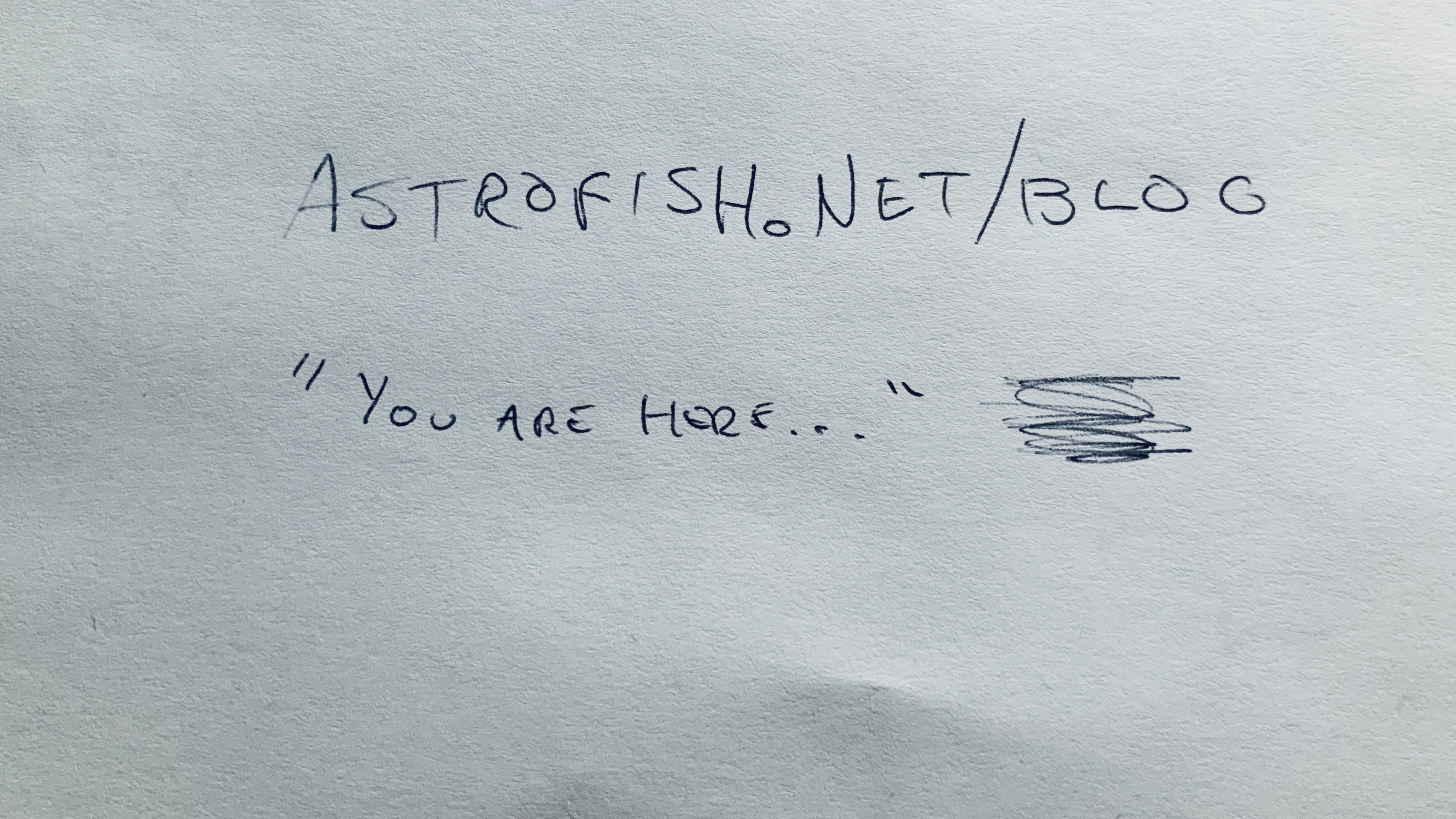Rethinking Design
Recent article I glanced through online suggested some notion that timeless design doesn’t bow to current trends and tragedies thereof. As this weblog is totally bound by the terms, “Experimental and experiential,” with a little Latin tossed in for good measure, I hit upon a design that looked — pretty much — exactly the way I wanted it to behave.The question being, a big, splashy graphic, that burns up both metaphorical bandwidth and actually time spent downloading a huge graphic file, or my preferred, more simple route, just text.
I toyed with “golden ratio”
numbers — golden ratio.
There was one, and the site design still resonates, and while I like the idea the golden ratio numbers, and, to a certain extent, I use those numbers for typesetting the sites, I find the width numbers might need to be a little different. Like the idea; don’t like the execution.
To me, the current blog is very pleasing. The way I hammered the left-hand nav column together, and making it skinny? Just appeals to me. Swapped it out for the right hand, just because, especially with the blog, this is merely content-driven. Simple, and easy to see the proper navigation tools. Kind of small and out of the way, but clearly marked as “there.” Or, my favorite? “You are here.”
Rethinking Design
It’s an endless question, to have a “splash page” or not. Called “Landing Pages,” by some authors, and the current hot topic? “Lead Gen.” As in, “generating leads (for business),” and frankly, not what I’m interested in. I’m more interested in displaying text based material in a way that is pleasing, runs across as many platforms as possible, and requires as little effort on my part to maintain.
Really think that’s the most salient point: requires as little effort on my part to maintain.
The digital “nuts and bolts” are easy, as I tend to run on a WordPress backend. When I started this shift, more than a dozen years ago, it was harder to make it look like it wasn’t “WordPress,” but the skin I use, as noted, it provided a suitable — malleable — cover that works for me. Akin to “window dressings,” as it were.
With “window dressings,” it’s easy to slide a curtain off the curtain rod and replace it with a different hued curtain, changed fabric, alternating textures, contrasting shades.
Elements are easy enough to manipulate into what I see in my mind’s eye. The bonus, is that all the WordPress stuff scales up for volume, and across platforms for screen size. Visible on a flip-phone, smart phone, and movie screen-sized desktop monitor. Same data, different displays.
Same data, different displays, and the design elements remain constant.
Rethinking Design
There is no coherent consensus on left/right, top/down models. Two standards seem to stand out, though.
One is the “F” model of reading, as in, start at the upper left corner of the letter “F” and the eyes naturally follows out to the right, then down the left hand column, and then out shorter.
The other is the “Z” pattern, where an eye scans the page for data in the shape of the letter “Z,” wherein it’s straight across the top, then down, and across again, with the hotspots being that first eye scan across.
Both suggest that the left hand is the best place for the most important data. Left hand content, right hand sidebar.
Amusing, to me, is that several websites suggested this is a direct result of the rise of the “blog,” that ugly portmanteau, which is about quickest way to get thoughts onto pages — not a fan of the term, big fan of the motors that drive this process.
The source of amusement is that the “blog” motors introduced the preponderance of “Main Column Left, thin right-hand navigation” models, and one need look no further than that ever-present oracle, Google, for a lead on what shaped that design.
Rethinking Design
While Rethinking Design, the ever-present question about a background check popped up in my mind. On numerous occasions, I’ve seen this handled well, especially with the idea of tiled piece of vellum in the background, make the page “feel” like parchment. Old-time vellum, or even just parchment, or paper-like feel is appealing to me. Towards that end, in a small way, the background on my various i–things (iPad, iPhone, &c.), I use a picture of old-school Moleskine grid page; although, I do tend to skew the image a little, just so that none of the lines are perfectly aligned. Suits my humor. That’s a background on an electronic device, but for a page?
After testing several, I found that — for me — right now — the background image doesn’t work well. Just black text on a white page. For the horoscopes? Left-hand nav. And this blog? Right-hand, but remember, this is all experimental, and subject to change.
